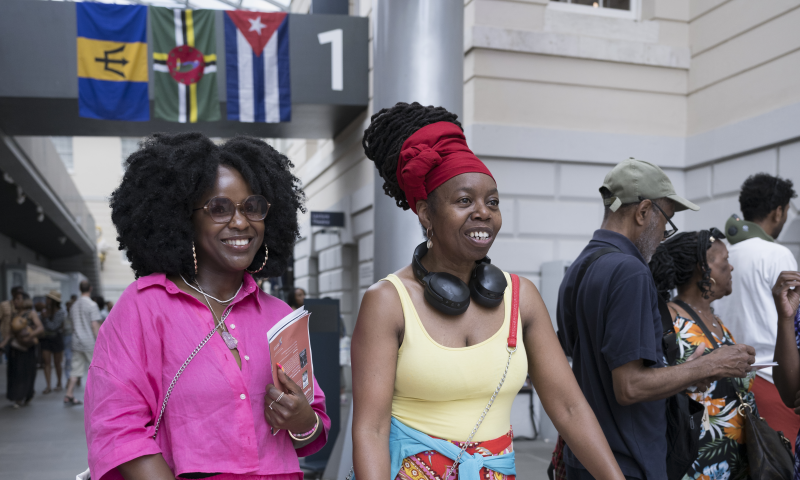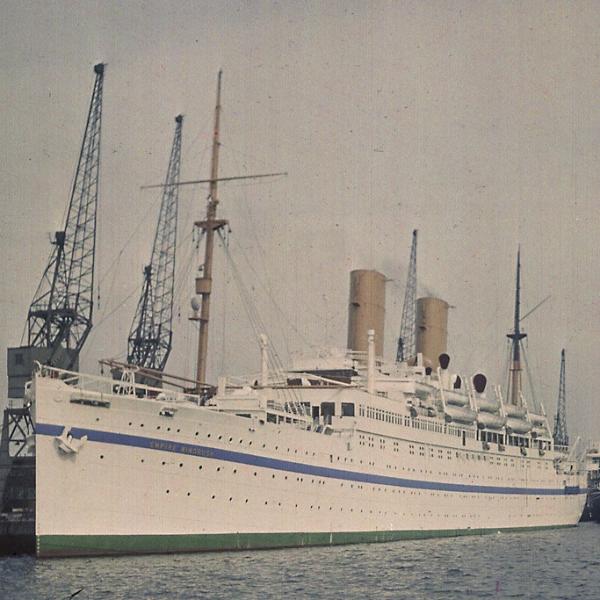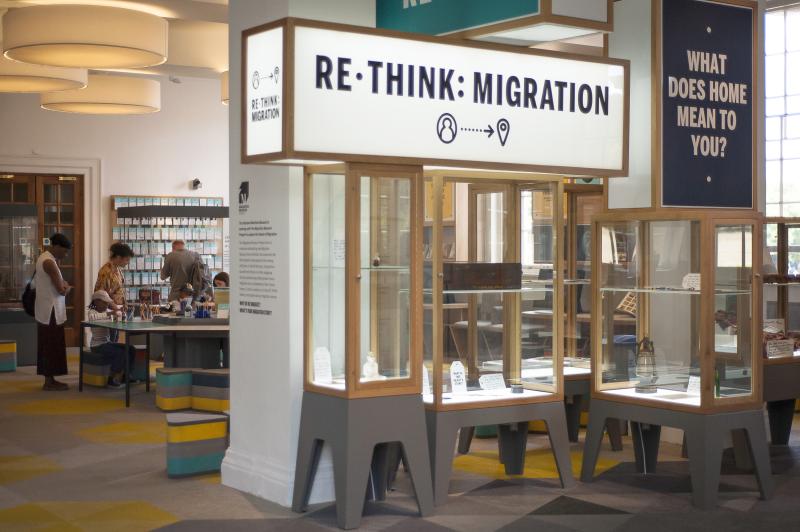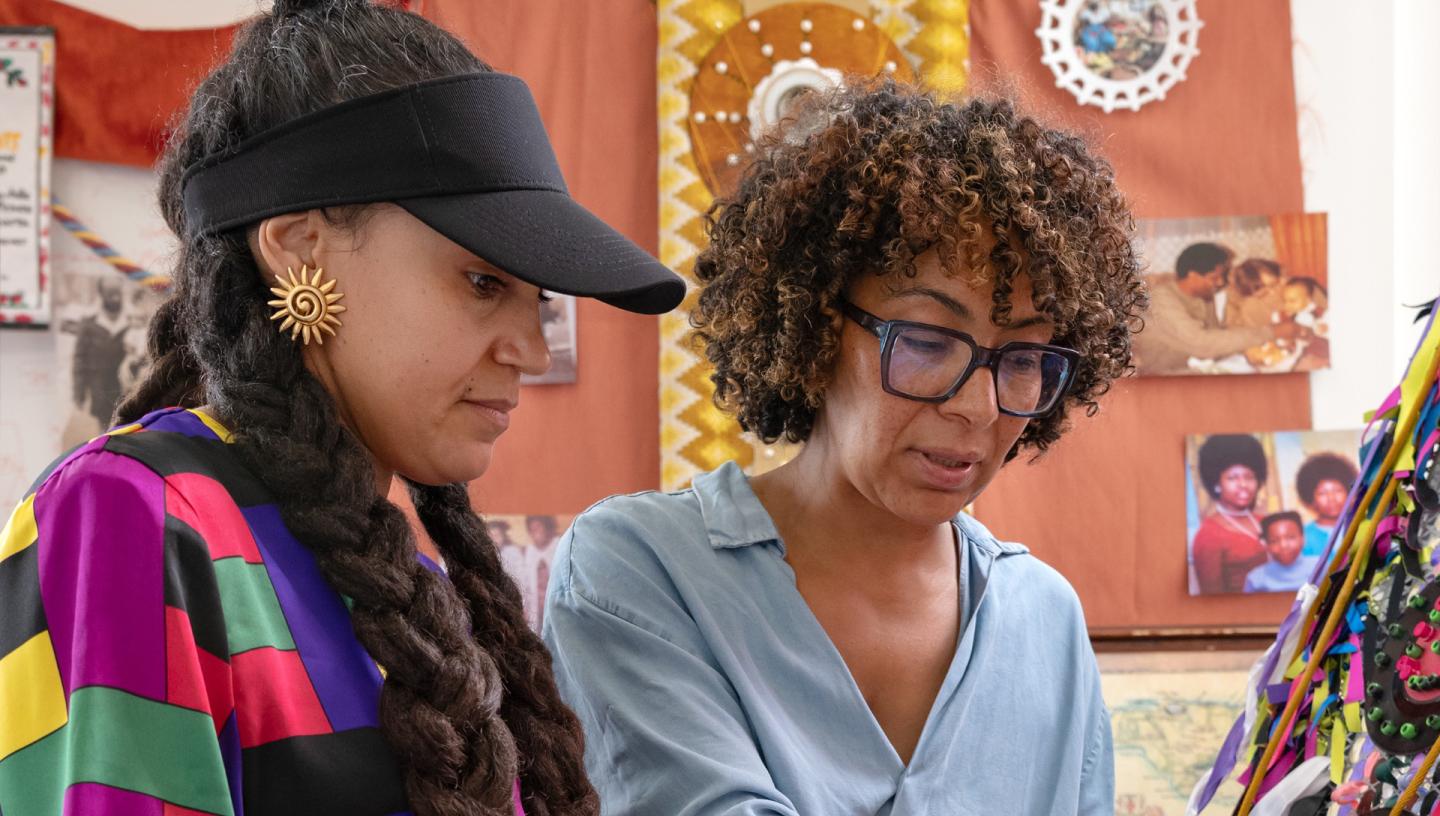
“A lot of our work is about encouraging people to share their stories," explain artists Griffi & Rosie.
Known for mixing artistic techniques and forms, the creative duo’s practice is centred around collaboration, bringing together community stories, individual experiences and histories.
With previous projects including curating works by artists of Black and Asian heritage for the We Gather exhibition at the Craft Council Gallery and producing the GLOW Festival of Light for the National Trust’s Eastbury Manor House, their work showcases the diversity of life.
Griffi & Rosie are currently undertaking a six-month residency at Royal Museums Greenwich, in partnership with the National Windrush Museum. Their residency is based on the concept ‘Rush!... Don’t Rush!’ and will see them develop work celebrating the energy and experiences of the Windrush generation.
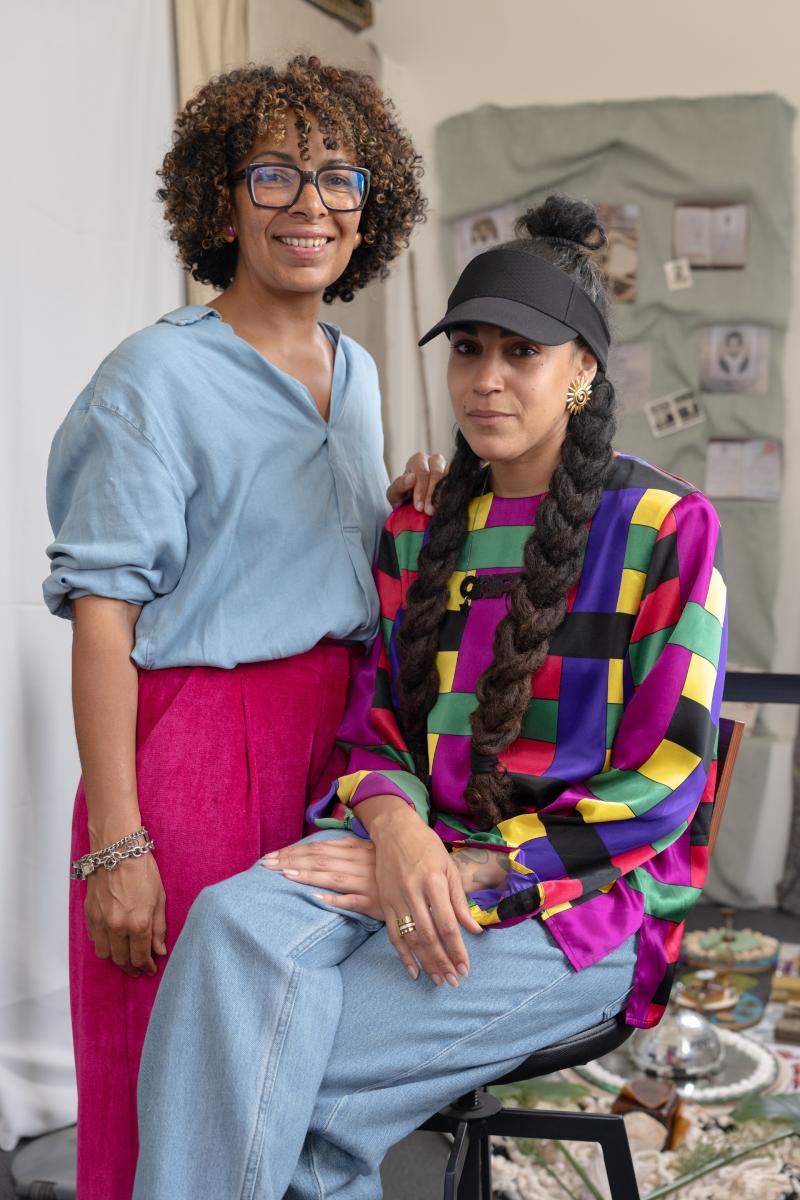
Introducing 'Rush!... Don't Rush!'
“The idea for ‘Rush!... Don’t Rush!’ is a play on the word ‘Windrush,’ the generation of Commonwealth citizens who came to live in Britain between 1948 and 1971. We’re keen to explore the opposing forces within this concept, and how this links to the passage and pressures of time.
“For the Windrush generation, this taps into many different narratives. ‘Rush’ could be looked at in terms of the call for citizens across the Commonwealth to come and help Britain, and the need to establish a home and find work.
“However, we also want to highlight ‘Don’t Rush’: the idea that you don’t always have to be at pace. Things like relationships, connections and partnerships need to be nurtured and built up over time. There is beauty in stopping and reflecting on life – and celebrating that,” they say.
With their residency in full swing, the duo is developing a series of mixed media pieces inspired by working from within the Museum, their own family histories and those of community groups.
Their studio, located on the ground floor of the National Maritime Museum, will be open to the public for a series of open studio events. Visitors will be able to engage with an array of objects and artworks on display – and share their Windrush stories.
“We’re so grateful for the opportunity in many ways,” they say. “We’re here to think thematically about the spaces and items within the Museum, and how these can be a gateway to help us tell stories linked to the Windrush generation.
“We want people to connect with our work – and the objects on display in our studio – in a way that’s right for them. This project is about collective memory, using items to spark conversations.”
